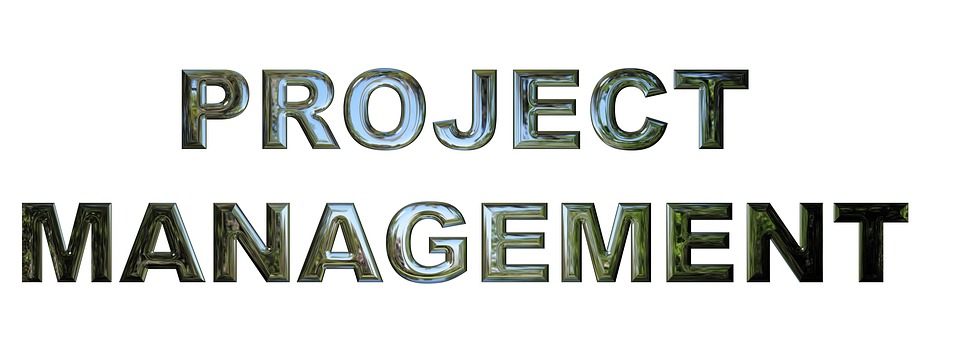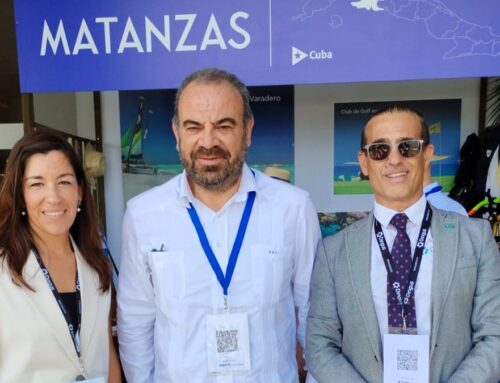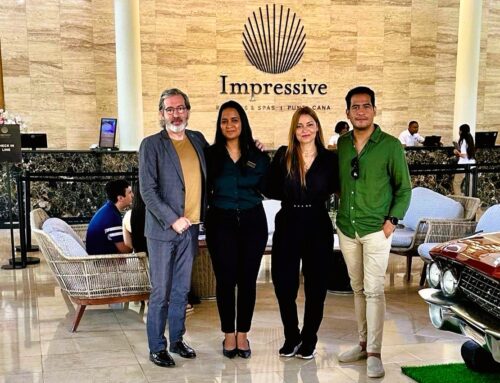Recently we addressed the importance of Project Management as an IT management tool in the tourism sector. Now we are going to go deeper into this by tackling the aspects to be taken into account in the establishment, improvement and implementation of new Project Management methodologies. To begin with, they must necessarily focus on the medium to long term. But above all, they must be directed towards the objectives described below…
The main aim is to improve project definition and planning processes in order to correctly establish the scope and, therefore, to better estimate both the deadlines and the necessary resources, costs and risks. This includes the needs of:
- Outreach Statement Documents. Beyond the specifications of the software to be developed, this working document describes all the work to be done in the project, its assumptions, restrictions, exclusions…
- Design and Development Plan, to establish in each Software development what intermediate milestones (including internal milestones) must be met, and what acceptance criteria these points of compliance have. Typically, the Plan would establish Critical Design Reviews, or Test Readiness Reviews, in the final phase of software validation. However, other checkpoints are possible.
- Risk records for each project, including preventive actions (mitigation) or contingency plans to be activated in the event of a materialised risk.
In addition, in a multidepartmental environment (where each project requires the intervention of different profiles) it is intended to improve the visibility of all the necessary resources, establishing processes of resource allocation and request where the Project Managers and the Functional Heads have the complete vision of the use of resources. This allows to make prioritization decisions, and also to correctly size the HR team assigned to projects.
Continuing with the previous point, it is possible to improve the capacity to predict the human resources required, foreseeing possible conflicts of resources and the corresponding decision making as far in advance as possible.
It is also necessary to enable the existence of a “Dashboard” for General Management with the status information of the projects in progress, and prediction of their estimates to be completed, refreshed by the Project Managers with the appropriate frequency. Monitoring processes should also be established for each and every project. This includes reporting from Project Managers to General Management, as well as each Project Manager’s own monitoring of the status of their projects.
Everything should serve as a reference framework for the implementation of projects once they are underway, ensuring also the process of “lessons learned” and the use of this knowledge generated for the improvement of prediction of future time and cost plans. And undoubtedly, it is necessary to attend to the training needs in Project Management of the personnel, and to define development plans in this area. Includes skills in tools such as Microsoft Project, Planner, or others.
Finally, common software tools should be used to support all these processes, avoiding the multiplicity of Project Management information, redundancy and/or possible errors.
All these points could be considered as the fundamental pillars for meeting the challenges of a projects environment such as the current one. Another fundamental element is the spirit of improvement, learning from experience and from those projects where we have applied the methodology. It is highly recommended to make retrospective analyses, trying to find out what went well in the application of the Project Management methodology, what did not go so well, and see what we learned and what we would suggest to change.
With these two articles, from Dingus and Etoolinnovation (Hitt Group) we wanted to address the many reasons why so many organizations in our sector are considering Project Management, understood as a tool to try to improve business results, and adapt and anticipate customer needs to the maximum. Establishing good’ways of doing things’ is key to this.
We trust they have been of interest to you.
Marc Bara
Consultor y Docente en Project Management.
PMO Hitt Group.












